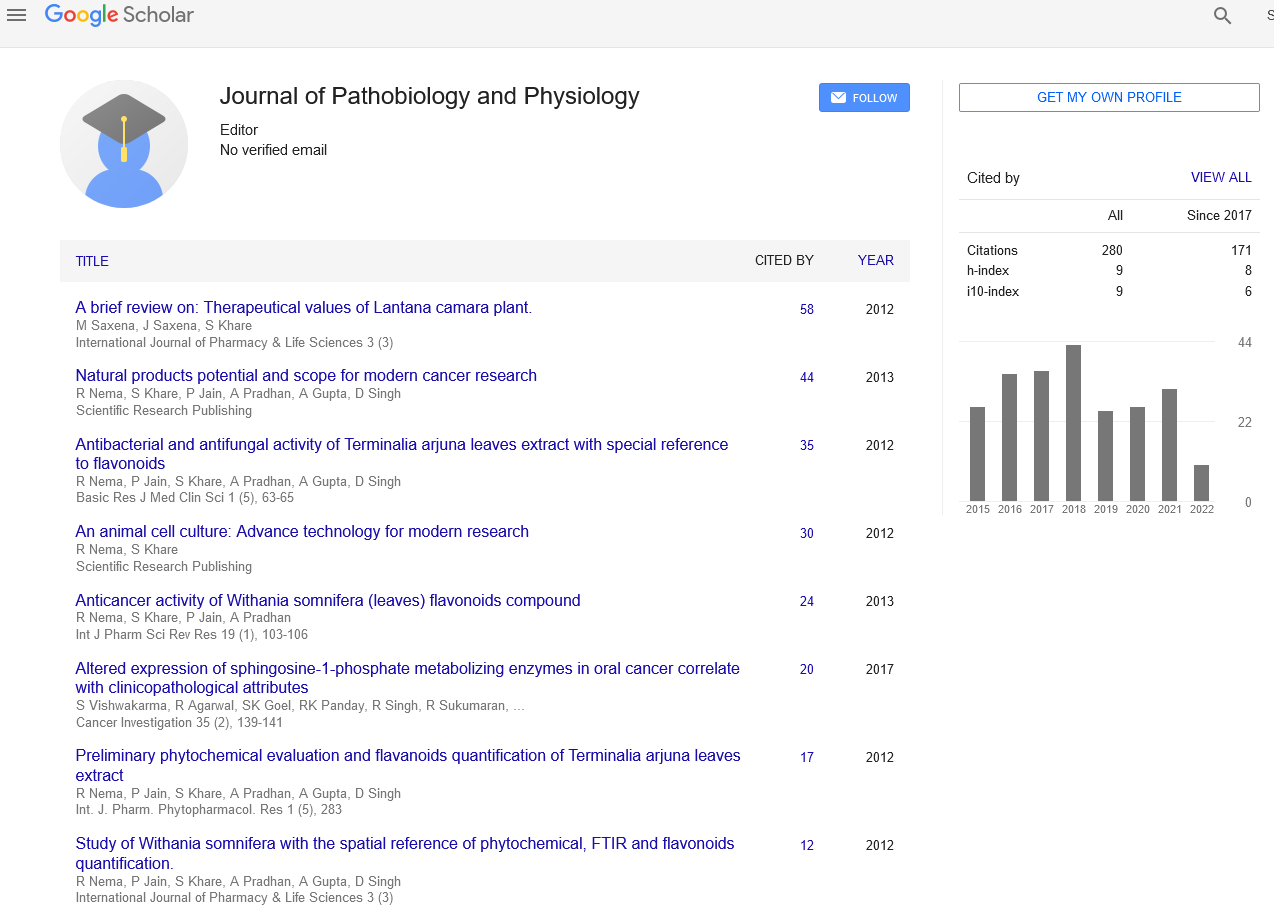
Sign up for email alert when new content gets added: Sign up
Abstract
The International Debate on E-Babe- Frabrication of Bacteriocin-Nanoparticles: A Technological Revolution for New Generation of Antimicrobials to Combat Infectious Microbes with no Cytotoxic Effect
Author(s): Asma Ansari*I n the contemporary consequence, nanoparticles have emerged as a novel antimicrobial agent due to their high surface area to volume ratio and the inimitable physicochemical properties. The emergence of multidrug resistant pathogens could unlock the potential of nanoparticles to combat infectious diseases. Over few years, nanoparticles have been associated with not only the physical and biological but also numerous pharmaceutical applications. Metallic nanoparticles have a substantial scientific interest because of their distinctive physicochemical and antimicrobial properties. The aim of the current study is to enhance the antibacterial potential of purified bacteriocin by combining bacteriocin and antibacterial silver nanoparticles (AgNPs). Hence, the interaction of natural antimicrobial compounds and antibacterial nanoparticles can be used as a potential tool for combating infectious diseases. In this study, a green, simple and effective approach is used to synthesize antibacterial AgNPs using fungal exopolysaccharide as both a reducing and stabilizing agent. The Ag-NPs were characterized by spectroscopic analysis, scanning electron microscopy (SEM), Energy Dispersive X-ray spectroscopy (EDX) and Dynamic light scattering (DLS). Furthermore, the synergistic effect of bacteriocin-AgNPs was determined against pathogenic strains. The histogram of AgNPs indicated well-dispersed, stabilized and negatively charged particles with variable size distribution. The combination of bacteriocin with nanoparticles found to be more effective due to broad antibacterial potential with possibly lower doses. The current study is imperative to provide an alternative for the chemical synthesis of silver nanoparticles. It showed environmental friendly and cost effective green synthesis of antibacterial nanoparticles.




